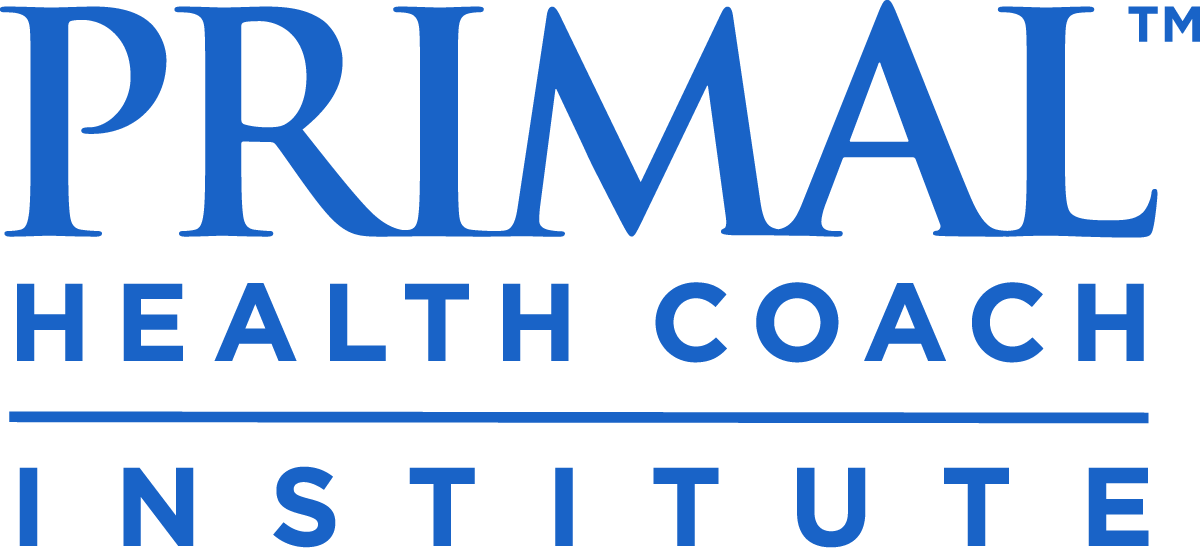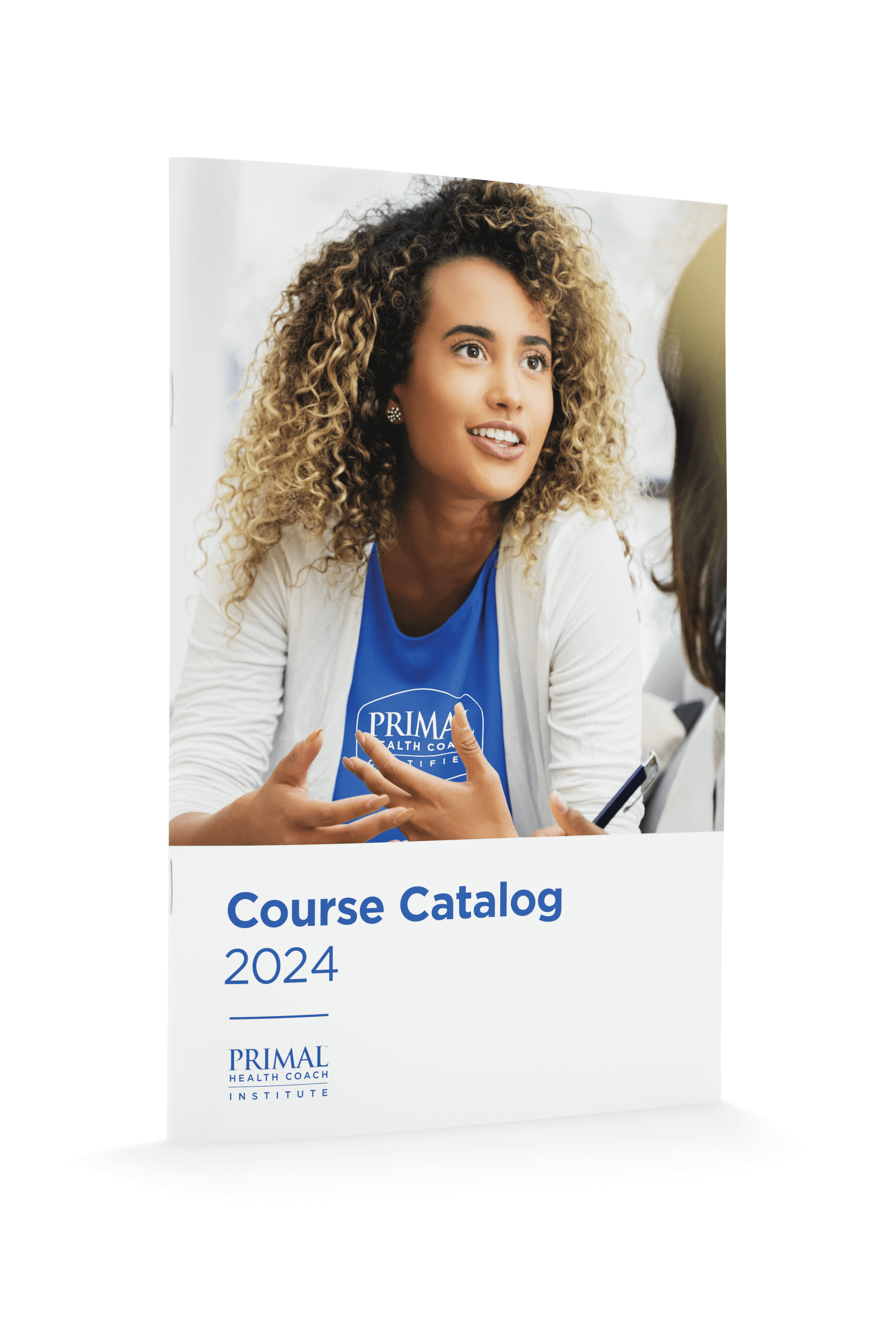
Contrary to popular assumptions, it is not a health coach’s job to convince the client to change or to be the primary source of motivation. In order to spark transformational behavior change, your clients must experience increased self-efficacy and internal motivation.
Health coaches who seek to master a transformative approach will find the roadmap inside the framework of Motivational Interviewing (MI).
MI is a collaborative conversation style and theory for eliciting one’s internal motivation and commitment to change, and it is considered the major influencer on how coaching is taught and applied.
Let’s get into a beginner’s summary of motivational interviewing for any health coach to get started with this impactful coaching style.
The Spirit of MI
Simply by understanding and prioritizing these four concepts that comprise The Spirit of MI, a coach can influence positive results that emulate the outcomes achieved by skilled MI practitioners.
1. Partnership (Collaboration)
The coach partners with the client rather than functioning as the authority. Although it’s likely that the coach has knowledge that the client lacks in certain areas of health and behavior change, this is balanced by the fact that the client has all the knowledge about themselves (life experience, desires, tendencies, etc…).
2. Evocation
The coach evokes the client’s desire to change, and ideas for how to change, rather than telling them what to do or seeing their situation as something that needs “fixing.” Fundamental to MI, the coach believes that the client already possesses everything they need in order to change. The coach’s job is to help bring it to the surface and help uncover the client’s intrinsic motivation and strengths needed to be successful.
3. Acceptance
Comprised of four aspects—autonomy, absolute worth, affirmation, and accurate empathy—the coach honors each client’s innate worth and potential as a human being and the decision-maker in their own life. Coaches seek to understand things from the client’s perspective, meet them where they’re at, and emphasize their freedom and potential with unconditional positive regard.
4. Compassion
With compassion, the coach prioritizes the client’s needs over their own and seeks to help them in whatever way best serves them. Rather than interacting from a place of judgment, the coach seeks to listen without an agenda, and with the sole purpose of sincerity through heart-centered interactions that are guided by the client’s expressed needs.
OARS – Core Coaching Skills Used in MI
OARS is an acronym for Open-ended Questions, Affirmations, Reflections, and Summaries.
Open-ended Questions
Also called open questions, this type of question invites client reflection and elaboration. Closed questions, alternatively, ask for specific information or a yes/no answer—and they are a sure way to stall conversation.
To invoke deeper conversation and ask the client to explore the reasons behind their choices, coaches need to ask thought-provoking, open-ended questions.
Open questions typically begin with “What,” “How,” “Tell me about…,” and “In what way…,” and skilled MI practitioners ask questions that elicit change talk—a term coined by MI originators that represents language clients use to hint that change is possible.
Affirmations
Affirmations are statements a coach makes about the client’s ability to make progress or overcome a challenge. Different from compliments or praise, affirmations are about acknowledging client strengths and efforts—which helps the client feel rewarded and increases efficacy.
Pro Tip: Share affirmations that begin with “you” instead of “I” to avoid praise that can portray a matter of opinion.
Reflections
AKA perception checking, reflections are an important part of active listening and MI communication. Reflections are like paraphrasing, in which the coach essentially repeats what they heard the client say.
Reflections serve many purposes such as confirming what was heard, uncovering hidden meaning, stimulating further change talk, or encouraging self-reflection and awareness in the client.
Conversations flow more readily with reflections. Many experts suggest that a skilled practitioner will share 10 reflections to every 1 question. This alone is a worthwhile skill for coaches to master.
Summaries
Summaries, or verbal recaps, help make sense of multiple conversation threads or tangents. They can help coaches highlight ambivalence the client may be experiencing, or they simply help re-focus a conversation and wrap up a complex discussion, helping return the focus to what’s most important now.
Bonus: Elicit-Provide-Elicit
Elicit-provide-elicit is an autonomy-supportive strategy that suggests the coach provides info only with permission. It helps the coach exchange information without dominating the conversation and unnecessarily wearing “the expert hat”.
It begins by asking if the client is interested in hearing what the coach has to share (elicit). If the client agrees, the coach will provide information to support/educate the client (provide). Lastly, the coach will finish their explanation with a question asking for the client’s interpretation, understanding, or feelings about what was shared (elicit).
The 4 Processes of MI
These four stages represent the necessary avenues to embark on with your client. They’re not always traveled in a linear fashion; it’s common for a coach and client to move back and forth through these processes as new challenges or distractions arise.
1. Engaging
This process is about discovery, bonding, and building trust. It’s possible for engaging to occur prior to the consultation call (for coaches with avid followers), but, in many cases, it can take several coaching sessions before the client feels comfortable being an active participant in the change process.
2. Focusing
This is where the coach helps the client identify what the client wishes to change. There might be several areas in need of change, but they home in on one that feels most important to the client. Most sessions require a re-focus of priorities and next steps. That is why “focusing in MI is actually an ongoing process of seeking and maintaining direction.” (Miller and Rollnick, p. 94, third edition)
3. Evoking
This is the meat of coaching relationships, particularly in regards to the client’s self-efficacy and internal motivation. The coach listens carefully for change talk, ambivalence, signs of discord, and opportunities for client-led conversations about change. The evoking stage is where the coach flips ambivalence to commitment by helping the client realize more reasons or possibilities for change.
4. Planning
This is when goal planning and accountability structures are discussed and built. The coach supports the client by helping to develop the plan and leverage existing resources or strengths, reinforcing the client’s commitment to change.
Example Health Coaching Conversation Using MI
Below is a conversation between a female client and a health coach she was referred to for support after learning about her type 2 diabetes diagnosis. Notice the motivational interviewing techniques used by the health coach in this hypothetical conversation…
Client: This whole situation sucks. I don’t even know where to begin.
Coach: You’re feeling overwhelmed.
Client: Yes, very. My family always ate junk. That is all we know.
Coach: And you’re feeling like the responsibility of making some changes falls entirely on you.
Client: Yeah but it’s not just that. It’s like the moment I think of my everyday life—what’s in our cabinets, the pizza we order out 3 times a week, movie nights with a double bucket of popcorn, Swedish fish and a crisp cherry coke…see? I’m crying. It’s too much.
Coach: It seems impossible to you.
Client: I don’t know if I’d say impossible. I do get that feeling though.
Coach: It’s the shock of it all, you’re still trying to process it. There’s a part of you still that knows you’re capable of this change.
Client: Yeah, I mean, people do it all the time right? I don’t want to end up quitting or failing, and that seems daunting.
Coach: This is important to you now. Where do you think is a reasonable place to start?
Client: I don’t know. I should probably get rid of my candy and quit drinking pop.
Coach: Sounds like you’ve got some actionable ideas. When you picture yourself quitting pop or getting rid of the candy, how confident do you feel about your ability to follow through?
Client: It’s easier said than done. If I was leaving I’d toss the pop and candy from my car, but when I got home—and the usual things started going on in my life—I’d find it very difficult to quit both of those things.
Coach: This is the way you’ve lived for quite some time. These are big changes for you.
Client: Yes, these are big.
Coach: Would you like to hear a bit about what I’ve learned from other clients’ experiences quitting a sugar habit?
Client: Yes, that’d be great…
Which MI techniques and processes did you witness in that example, and how does the conversation differ from your own experiences?
“M.I. is first and foremost about the energy and intention the coach brings to the conversation and secondarily about the techniques they use.“ (PHCI instructor Erin Power)
MI takes years of practice to implement, but only a moment to inspire. What influence will this theory have on your coaching conversations and the success of your future clients?



